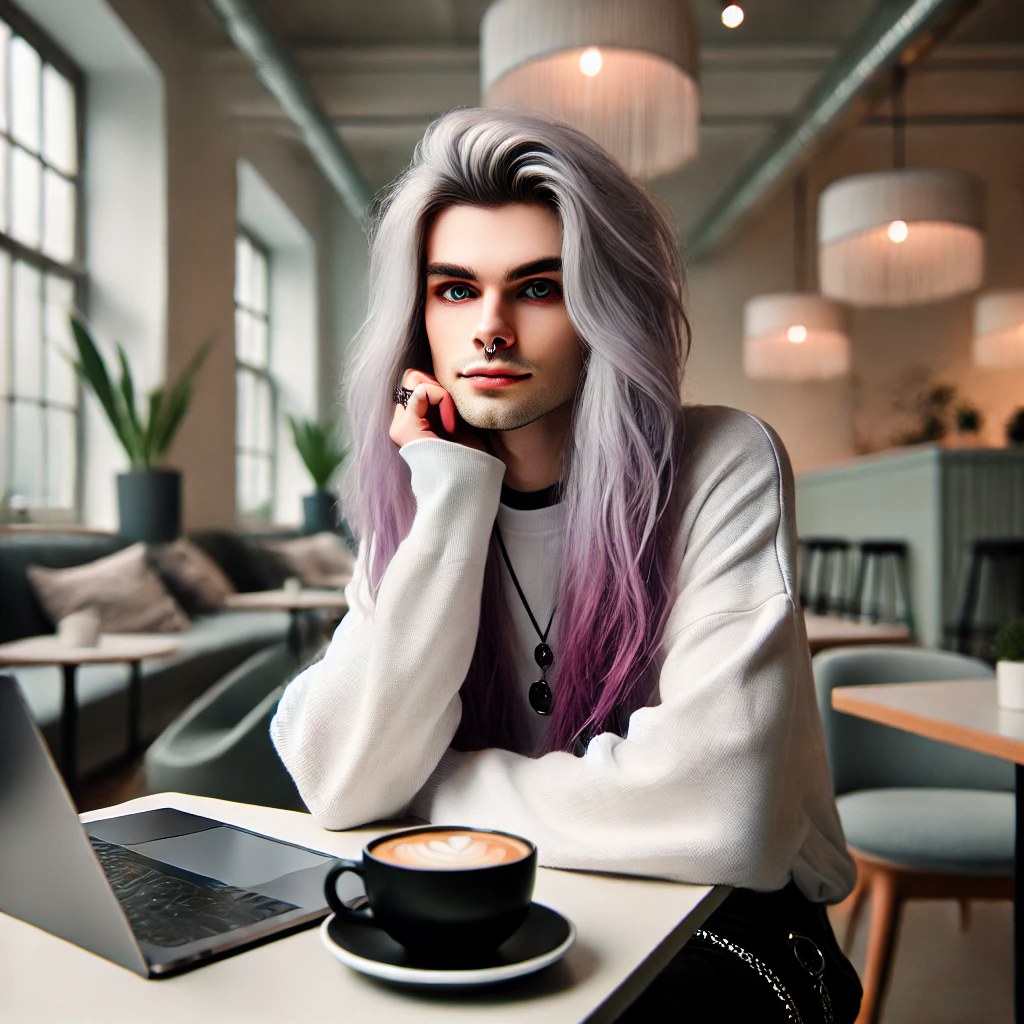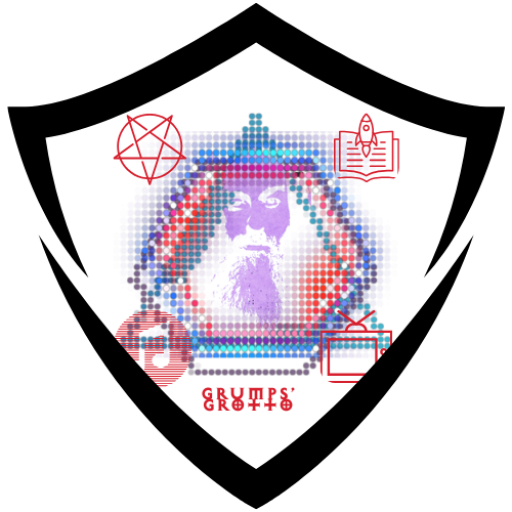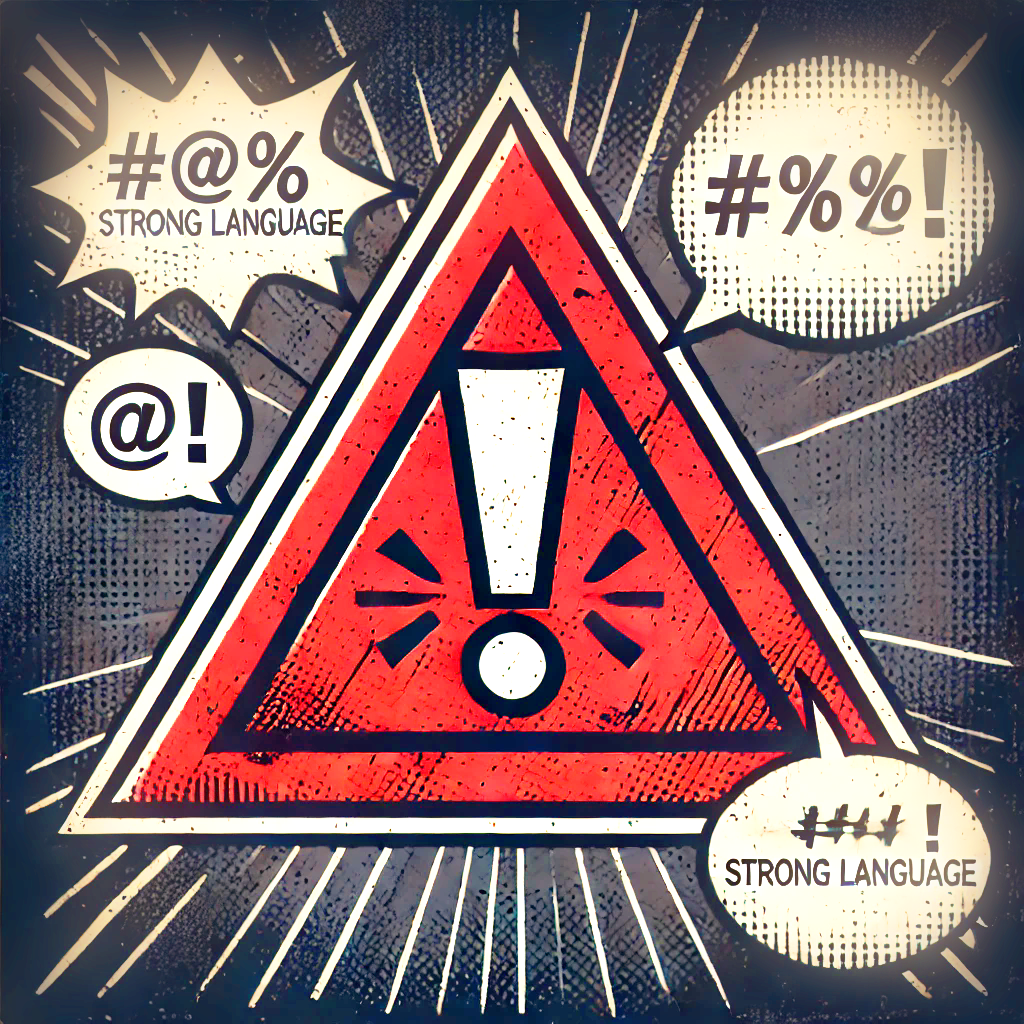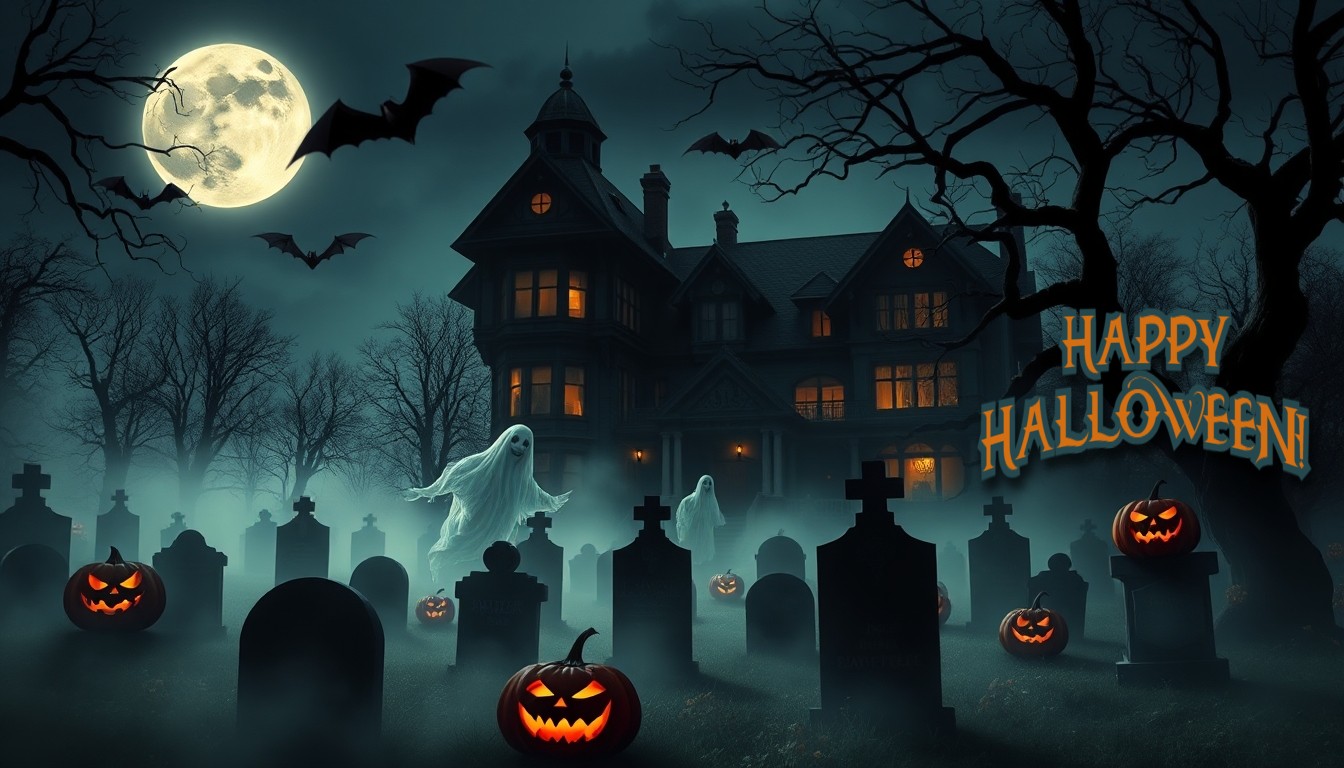Halloween. It’s more than just a holiday; it’s a cultural phantom limb, an echo of ancient fears and fascinations that continues to shape our collective psyche. We drape ourselves in the macabre, reveling in the grotesque, and for one night, the veil between the mundane and the monstrous seems to thin. But how did this festival of fear become so deeply ingrained in our cultural DNA?
Let’s descend into the shadowy depths of this phenomenon, shall we?
From Pagan Rituals to Pop Culture Phenomenon:
Halloween’s roots snake back to the Celtic festival of Samhain, a time when the boundaries between worlds blurred, and spirits roamed freely. This primal fear of the unknown, of the darkness that encroaches as the days grow shorter, has resonated through the centuries, morphing and evolving alongside human culture.
The Horror, The Horror:
One need only look at the sprawling landscape of horror to see Halloween’s undeniable influence. From the gothic nightmares of Poe and Shelley to the slasher flicks of the 80s, our fascination with the macabre finds its most potent expression in the horror genre. These tales, whether literary or cinematic, tap into our deepest anxieties, forcing us to confront the darkness both within and without.
But Halloween’s influence extends beyond the realm of jump scares and gore. Think of Tim Burton’s whimsical gothic aesthetic, or the darkly comedic charm of “The Addams Family.” Halloween has permeated our artistic sensibilities, offering a rich palette of imagery and themes for creators to explore.
Beyond the Screen:
Music, too, has been touched by the spectral hand of Halloween. From the haunting melodies of Danny Elfman to the gothic rock anthems of The Cure, artists have long drawn inspiration from the holiday’s eerie atmosphere. Even the fashion world embraces the darker aesthetic, with gothic and punk styles finding a home in the mainstream.
Commercialization and Community:
Of course, we can’t ignore the commercial behemoth that Halloween has become. From costumes and candy to haunted houses and themed parties, the holiday has been thoroughly commodified. But amidst the sea of plastic pumpkins and mass-produced costumes, there’s a sense of community, a shared experience that transcends the commercialism.
Halloween offers a chance to shed our inhibitions, to embrace the absurd, and to connect with others through a shared love of the strange and spooky. It’s a night for creativity, for self-expression, and for reveling in the darker side of life.
A Reflection in the Mirror:
Ultimately, Halloween’s enduring impact on pop culture speaks to something deep within the human spirit. It’s a reminder of our mortality, our vulnerability, and the constant presence of the unknown. But it’s also a celebration of our resilience, our creativity, and our ability to find joy even in the face of fear.
So, as you don your costume and venture out into the night, remember that you’re participating in a tradition that spans centuries, a tradition that speaks to the deepest recesses of the human soul. Embrace the darkness, celebrate the strange, and let the spirit of Halloween ignite your imagination.

MidnightSage
MidnightSage is your go-to for dragging ancient myths into the digital age. With a sharp eye for folklore and a gothic flair, they blend old-world wisdom with modern chaos. Lavender-haired and relentless, they’ll guide you through urban legends, modern witchcraft, and the revival of ancient symbols. If you’re navigating the crossroads of mysticism and modern life, MidnightSage is here to make sense of it all.
All sources and further reading on the web
The Social Significance of Halloween – The Average Scientist
The Origins of Halloween – University at Albany
How Has Pop Culture Changed Halloween? – Nights of the Jack LA
‘Something’s Not Right Here’: How the Music of ‘Halloween’ Rattles Listeners | Davidson
Danny Elfman’s haunting Halloween tracks – Red Bull
Consumer’s graveyard: commercialism of spooky season | The Manitoban



Leave a Reply